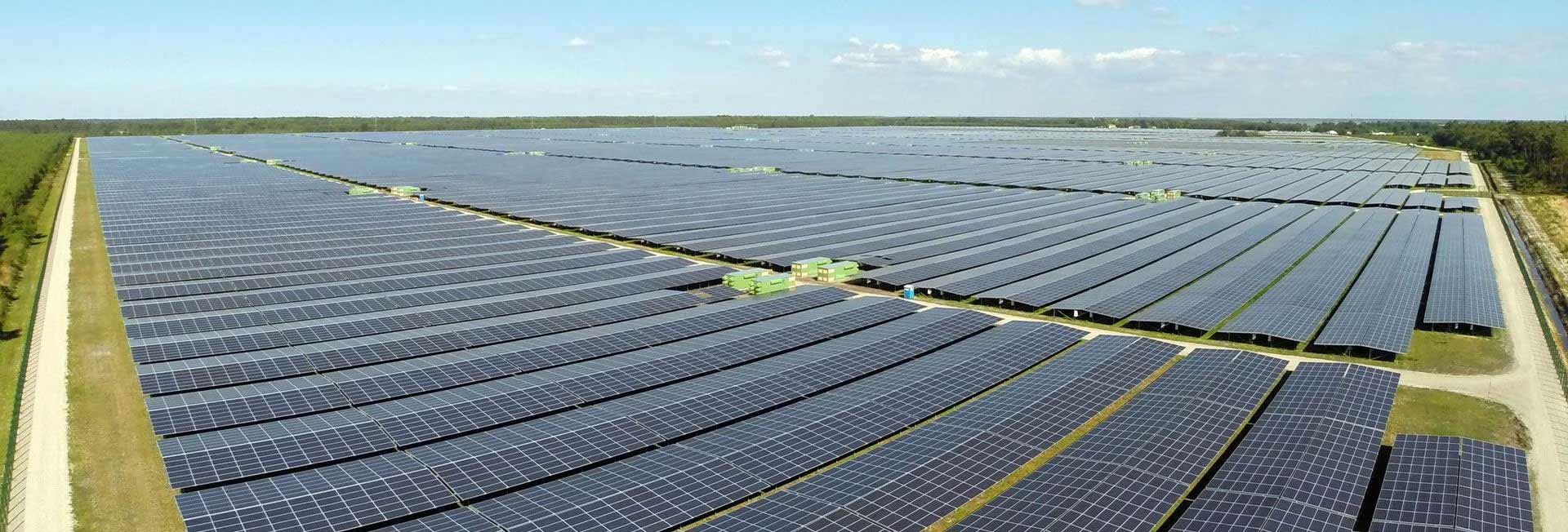Different countries have different needs for solar energy systems, which not only depend on the needs of users, but also depend more on the policies and requirements of the local government for solar energy systems.
This transition away from oil and gas was already a key goal before the war in Ukraine as the EU seeks to become climate neutral by 2050,and now, Europe has vowed to cut its reliance on Russian fossil fuels by 2027 by scaling up renewable energy.
The EU’s new solar energy strategy, just unveiled, envisions solar panels on all residential roofs throughout Europe as of 2029, according to the REPowerEU plan.

In northern Europe, wooden tiles or slate that could be locally sourced were popular, with wood being frequently used to make roofs for Nordic churches. Even nowadays, slate is still widely used in northern Europe and other nearby countries such as France and Spain.the slate roofs want to mount the solar energy system that need special solar roof hook kit to support solar panel.The solar roof hook do not damage the roof structure and are easy to install. Here are the installation tutorials and ex amples.
In southern Europe, baked clay was the most popular roofing material, giving Spain and other Mediterranean countries a classic terracotta appeal to their homes. However, as time went on, concrete tiles were more commonly used since they were cheaper, and they were simply painted red to resemble terracotta.
For any European customer who wants to install solar energy system, Xiamen Topfence Co., Ltd can provide the perfect solar mounting system solution

 Xiamen TopFence Co.,Ltd.
Xiamen TopFence Co.,Ltd. No. 77, LingXia South Road, Huli District, Xiamen City, Fujian, China
No. 77, LingXia South Road, Huli District, Xiamen City, Fujian, China Tel: +8613365923720
Tel: +8613365923720
 Email: info@xmtopfence.com
Email: info@xmtopfence.com
 IPv6 network supported Sitemap
| XML
| Blog
| Privacy Policy
IPv6 network supported Sitemap
| XML
| Blog
| Privacy Policy


